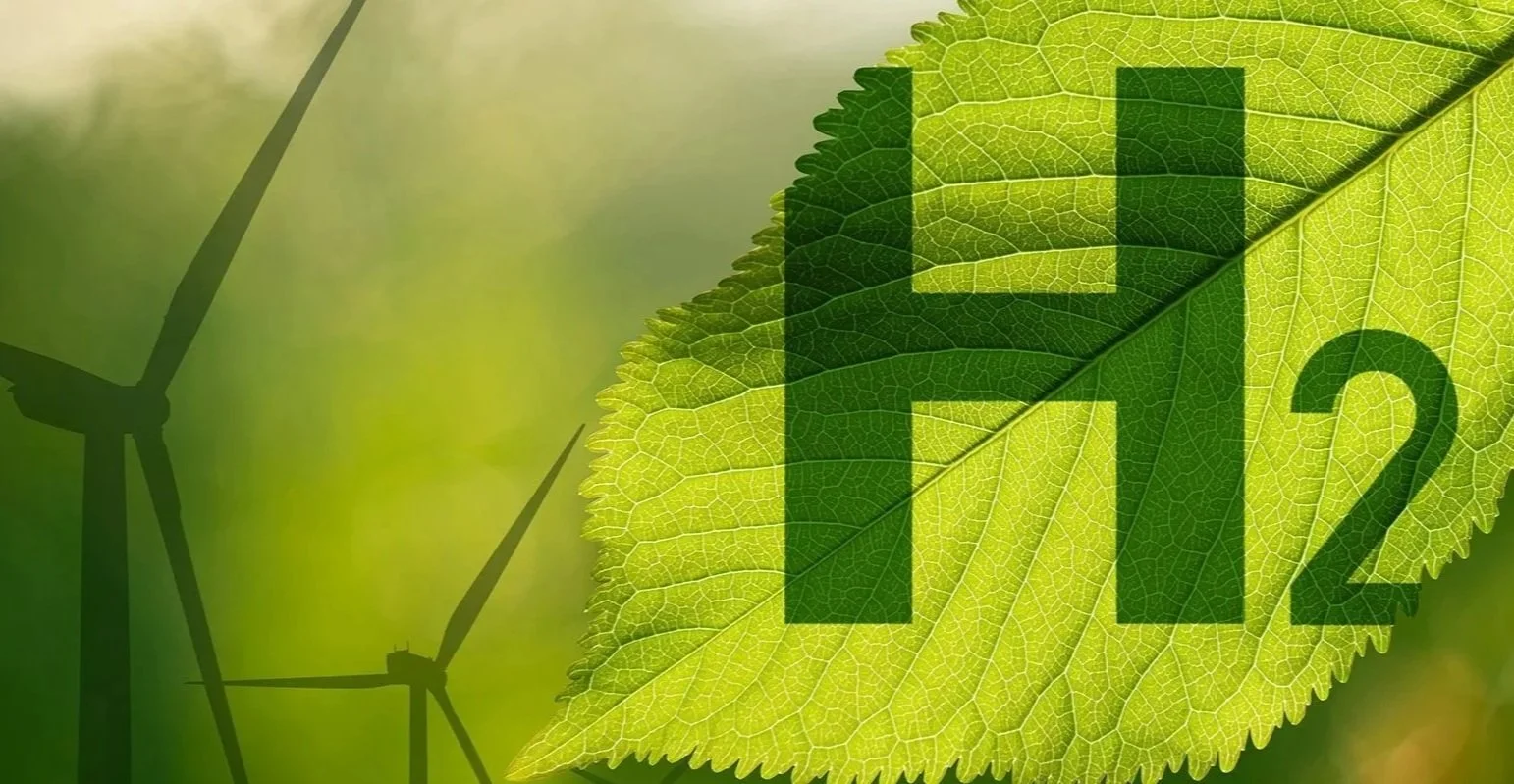Production of Methanol and Ethanol Using CO2 Hydrogenation with Green H2
Timeline
March 2024 - June 2024
Client
Chemical Engineering Capstone
Problem Statement
As climate change intensifies, innovative technologies
are needed to reduce atmospheric CO₂ while generating
value. One promising solution is CO₂ hydrogenation,
a reaction that converts captured carbon dioxide into
valuable chemicals.
This project investigates the technical and
economic feasibility of a CO₂-to-alcohol
process powered by green hydrogen, aiming to
address sustainability goals while assessing the
real-world viability of large-scale implementation.
Project Overview and Scope
The design targeted the production of 8,000
metric tons of product per year .
The process
includes three major subsystems:
1.CO₂ and H₂ feed preparation
2. Multi-stage reactor system with separation and
recycling
3. Final purification of methanol and ethanol
Example from report: Sensitivity case results for CO2 utilization
Steps and Methodology:
1. Process Simulation (Aspen HYSYS):
Used to model the thermodynamics, reaction kinetics,
and unit operations. Included reactor sizing,
heat integration, and separation unit design.
2. Technoeconomic Analysis:
Estimated capital and operating costs using
Aspen costing tools.Evaluated profitability via net
present value (NPV), internal rate of return (IRR),
and payback period. Assessed price sensitivity for
inputs like CO₂, H₂, and electricity.
3. Sensitivity Analysis:
Explored system behavior under variations in
key parameters like conversion efficiency, utility cost,
and product yield. Helped identify risk factors and
optimization opportunities.
4. Environmental & Policy Considerations:
Discussed carbon credit pricing,
emissions reduction potential, and future policy
impacts on CO₂ utilization technologies.
5. Market Research:
Investigated methanol and ethanol market demand, pricing,
and industrial relevance. Positioned the process within
emerging carbon capture and utilization (CCU) strategies.
Tools and Applications Used
Aspen HYSYS- for simulation, reactor design and sizing, kinetics,
and separation.
Aspen Economic Analyzer- for eqipment cost analysis
Aspen Energy Analyzer- for energy optimization and heat exchanger analysis
MATLAB and Simulink- for control scheme implementation
Visio- for generating the process flow diagram and modeling controls
GREET & Ecoinvent- for life cycle analysis (LCA)
Microsoft Excel- for general calculations and stream tables
Process Flow Diagram (PFD) of the final setup
(made with Visio)
Project Documents


